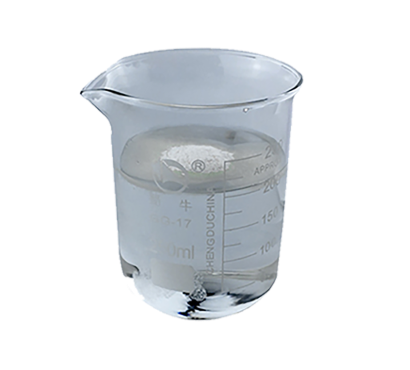
ਅਕਤੂਃ . 22, 2024 05:46 Back to list
hydroxypropyl methyl cellulose solubility
Hydroxypropyl Methyl Cellulose Understanding Its Solubility and Applications
Hydroxypropyl methyl cellulose (HPMC) is a versatile cellulose ether that has garnered significant attention in various industries, particularly in pharmaceuticals, food, and construction
. Known for its unique chemical properties, HPMC plays a critical role due to its solubility characteristics which are influenced by factors such as molecular weight, substitution degree, and environmental conditions.One of the defining features of HPMC is its solubility in water. Depending on its specific formulation, HPMC can be soluble in cold or hot water, which makes it distinct from other cellulose derivatives. The degree of substitution (DS) — the average number of hydroxypropyl and methyl groups attached to the cellulose backbone — greatly influences its solubility. Generally, HPMC with a higher DS exhibits increased solubility, making it suitable for a variety of applications.
In pharmaceutical formulations, HPMC is commonly used as a binder, film-forming agent, and a controlled-release agent. Its ability to dissolve in water enables it to form gels and viscous solutions, which can enhance the bioavailability of active ingredients in drug formulations. This property is particularly beneficial in the development of sustained-release formulations, allowing medications to be released into the bloodstream over an extended period.
hydroxypropyl methyl cellulose solubility

In the food industry, HPMC serves as a thickening agent, emulsifier, and stabilizer. Its solubility in cold water is advantageous for the production of sauces and dressings where a smooth, consistent texture is desired. Additionally, HPMC is often utilized in gluten-free products, where it helps to improve the texture and moisture retention, providing a sensory profile more akin to traditional wheat-based items.
In construction, HPMC is incorporated into cement-based materials like mortars, adhesives, and plasters. Its water-retaining properties help improve workability and adhesion, while its capability to increase the viscosity of slurries prevents segregation of particles. This makes HPMC an invaluable ingredient in the preparation of high-performance construction materials that require specific handling properties.
Furthermore, the solubility of HPMC is affected by temperature and pH levels. Solutions become more viscous at lower temperatures, which can be advantageous in various applications where a thicker consistency is desirable. Understanding the solubility dynamics of HPMC allows manufacturers to customize the formulation to meet specific functional requirements.
In conclusion, hydroxypropyl methyl cellulose is a highly valuable compound owing to its unique solubility characteristics that cater to a wide array of industries. As research progresses, the potential for new applications continues to expand, making HPMC a key ingredient in advancing product formulations across multiple domains. Its ability to enhance physical properties while meeting regulatory standards ensures that HPMC will remain an essential component in innovative product development for years to come.
-
Why HPMC is a Key Additive in Wall Putty Formulations
NewsAug.05,2025
-
Redispersible Powder in Decorative Renders: Function Meets Finish
NewsAug.05,2025
-
Redispersible Powder for Interior Wall Putty: Smooth Results Every Time
NewsAug.05,2025
-
HPMC’s Water Retention Capacity in Dry Mortar Applications
NewsAug.05,2025
-
HPMC Factory Contributions to Liquid Detergents
NewsAug.05,2025
-
How HPMC Factory Products Change Detergent Textures
NewsAug.05,2025







